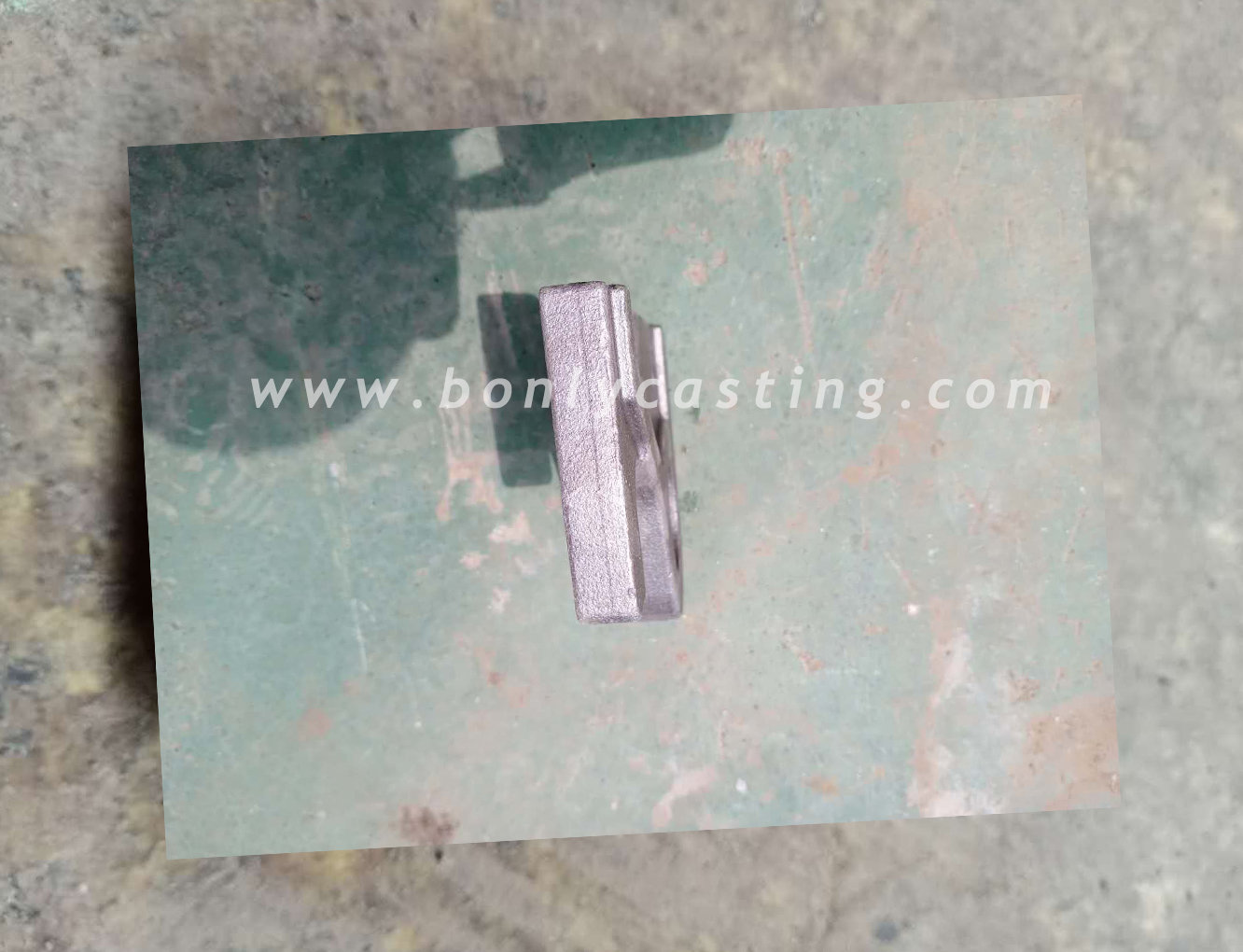Maintaining a continuous feed to the cone crusher is essential to greater manganese wear life. Photo: Superior Industries
Optimum cone liner utilization delivers greater control over maintenance costs, crusher uptime, product throughput and overall profitability. Table Mat

“By considering several key strategies, producers can boost cone liner lifespan by up to 30 percent – depending upon the application,” says Curt Theisen, crushing technical support engineer at Superior Industries.
Theisen is part of Superior’s rock face to loadout solutions team, which helps producers enhance efficiencies throughout their plant. In this article, Theisen offers tips to boost cone liner life.
Manganese steel has long been the ideal choice for cone liners due to its ability to work harden. Put simply: As rock impacts or compresses against the outer surface of a new manganese liner, the manganese hardens.
Engineering data states that work hardening can take “green” manganese from 25 Rockwell (250 Brinell) to a hardness of all the way up to 60 Rockwell (660 Brinell). As Theisen describes, industry data indicates “proper work hardening” can significantly boost overall liner utilization and give producers up to 30 percent more cone liner life in most applications.
Proper work hardening is a gradual process just after the installation of a new set of manganese cone liners. To start, Theisen recommends operating at a 50 percent rate of power (about 65 percent amps) while running with a full cavity for about six hours.
At this point, the crusher is not operating at maximum power capacity. But it’s still crushing rock, and it’s gradually work hardening the new liners.
After the initial six hours, increase operation to 75 percent of power (about 80 percent amps) while running with a full cavity for two hours. After that, the liners should be fully work hardened, and operation can continue near or at the full 100 percent rate of power from that point forward.
Maintaining a continuous feed to the crusher is essential to greater manganese wear life.
Choke feeding means keeping the cone head covered with at least 150 mm of consistent, homogenous feed material. Most operations use a combination of hoppers, feeders and surge bins to achieve optimum feeding processes within the cone crushing circuit.
Never run the cone empty or with sudden erratic surges. This causes the head to spin from one direction to the other at a range from 200 to 300 rpm – an inertia and momentum that leads to potential component damage, as well as accelerated and excessive liner wear.
The bottom line: Avoid feeding a crusher on and off all day long. Instead, supply an ongoing, even material load to the crusher throughout the work shift. More is better
Proper work hardening and consistent choke feeding are two best practices that lead to more crushing efficiency, more manganese wear life, more product output and a consistent yield of a more cubical product.
Carol Wasson is a veteran freelance writer for the aggregate and construction equipment industries.
If you enjoyed this article, subscribe to Pit & Quarry to receive more articles just like it.

Wear Liners © 2024 North Coast Media LLC, All Rights Reserved.